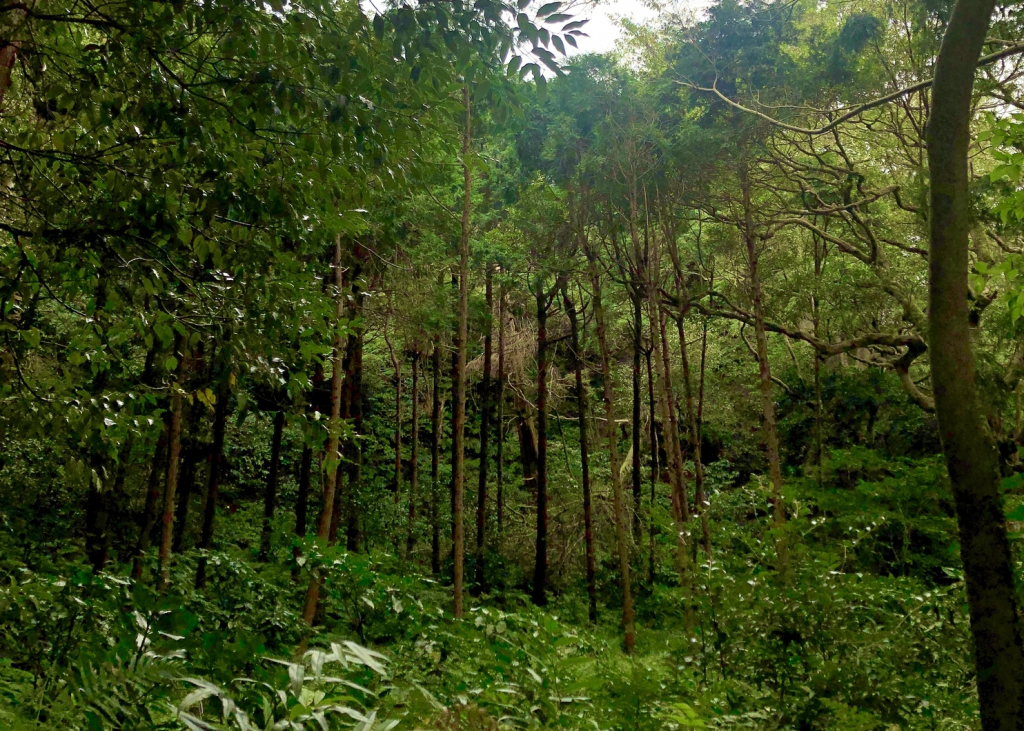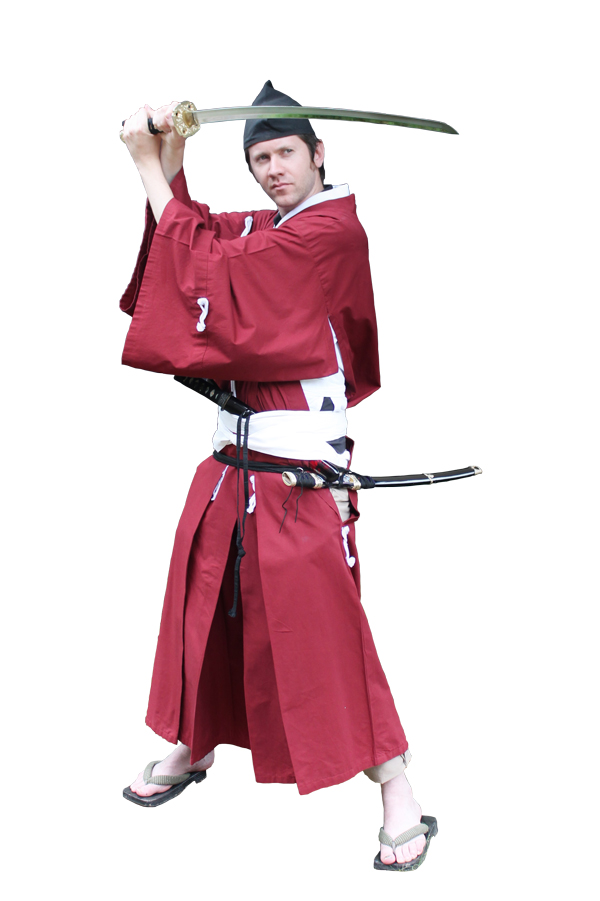Japan’s de facto capital between c. 1185 and 1333, Kamakura is one of the country’s most important cultural cities. Less than an hour south of Tokyo, it is also one of the most popular destinations for tourists with crowds flocking to the area to enjoy some terrific hiking trails, strolls along the beach and a number of renowned sights such as the Great Buddha, Hachimangu Shrine and Hase-dera Temple.
Whilst these places are certainly worth visiting, they can get extremely crowded, particularly on weekends. During our trip there we were looking to escape from the masses, trying to find more peaceful places to enjoy.
Keeping samurai spirit alive, ‘cosplay’ style
Our first stop was Shisouan, a quaint two-storey house with materials and memorabilia about the Kamakura Period. Here guests can take a step back in time, in the shoes and clothes of some of the most prominent figures from that era, such as Minamoto no Yoshitsune, one of the most famous Samurai fighters in Japanese history; Yoshitsune’s alleged mistress Shizuka Gozen, a tragic heroine who was forced to abandon her lover; and Yoshitsune’s most loyal follower, warrior monk Benkei. The costumes of these legends are extravagant and therefore a little expensive to hire, though there are other options.
We tried the somewhat understated by comparison red Hitatare, a formal court robe of Samurai or Kosode and a kind of predecessor to the kimono that came with a hand-fan and two swords, one long and one short. Feeling a little more elegant and powerful than usual, we had a few pictures taken before taking a stroll around the garden.
For those with a little more time, there is also the chance to practice some archery with the shop owners and yabusame (traditional horse-back archery) archers, Daisuke Arimoto and Akemi Matayoshi. In the future Arimoto would like to create a kind of Samurai Village with lots of different activities, for now though his goal is to remind people about the rich cultural history of Kamakura.
“I want people to be able experience this city how it used to be,” he tells us. “I think as Kamakura has modernized it has lost some of its identity, I therefore hope this little establishment can try to help bring that back.” (Shisouan address: 6-1-23, Fueda, Kamakura; 15 min walk from Hase station; call 0467-39-6412; )
A Monk’s Lunch – shojin ryori
After dressing like a Samurai it was time to eat like a monk at Hachinoki. A short walk from Kita-Kamakura station, this enchanting place serves fresh, colourful vegetable-based dishes in a style known as shojin ryori (Devotion Cuisine).
Derived from the Buddhist precept that it is wrong to kill any animals, shojin ryori uses only seasonal fruits and vegetables with no meat – these days a rarity in Japan as many vegetarians readers will we’re sure attest. Being a meat-lover myself, I initially wasn’t over-enthused about visiting such an establishment; frankly speaking it sounded like it was going to be on the bland side. As it turned out it was anything but.
From the sesame tofu to the shibazuke sushi and sweet potato, it was a marvelous collection that was pleasing to both the eye and palate. The art of preparing a shojin meal is considered an aspect of zen training and as the food was presented to us we saw the attention to detail that went into it. It is not simply about cooking, but is a practice of spirituality. They put their heart and soul into the process, providing meals that incorporate the five taste sensations (salty, sour, sweet, bitter and unami), and five colours (red, white, black, green and yellow).
With no food wasted and a deep respect for every ingredient, it takes a long time to prepare and should be eaten at a slow pace, preferably in a tranquil environment like at Hachinoki.
Jomyoji Temple
Continuing the spiritual theme, it was time to visit a temple. Kamakura is best known for its shrines and temples and with more than 80 in what is a relatively small city, there are certainly plenty to choose from. Seeking a calm, sober environment away from the hub of the city, we discovered the 800-year-old Jomyoji Temple, a designated historical site.
Walking up the steps past Somon Gate, we were greeted by lines of multi-coloured trees and seasonal flowers. The place is said to be especially alluring in the spring, when the cherry blossoms are in full bloom, but it was just as satisfying to see the hydrangeas brighten the bleakness of rainy season here in Japan.
With hardly any people around the only noise was the sound of birds chirping away in the background. You can also enjoy a traditional bowl of green tea and a Japanese sweet in a tea room called Kisen-an, while overlooking an exquisitely kept sand and stone garden. It was a wonderfully relaxing way to finish the afternoon.
Other sites within the grounds include the main hall, which has a number of documents, paintings and statues as well as the tomb of Ashikaga Takauji, the founder and first shogun of the Ashikaga shogunate. While in the area, it is also worth taking the five-minute walk to Hokokuji temple, known for its bamboo grove.
Getting Around
One of the most pleasant ways of seeing Kamakura and the surrounding area is on the Enoshima Electric Railway, or the Enoden as it is affectionately known. The charming train that first ran in 1900 stops near a number of famous sights, including the Great Buddha, Hase Kannon Temple and Tsurgaoka Hachimangu Shrine. Linking Fujisawa, the local Shonan area and Kamakura, there are some spectacular mountain and ocean views along the way.
A Noriorikun Pass (¥580 for adults, ¥290 for children) allows you to get on and off at any station between Fujisawa and Kamakura, as well as giving you privileges at places like the Enoshima Observation Lighthouse and the New Enoshima Aquarium.










